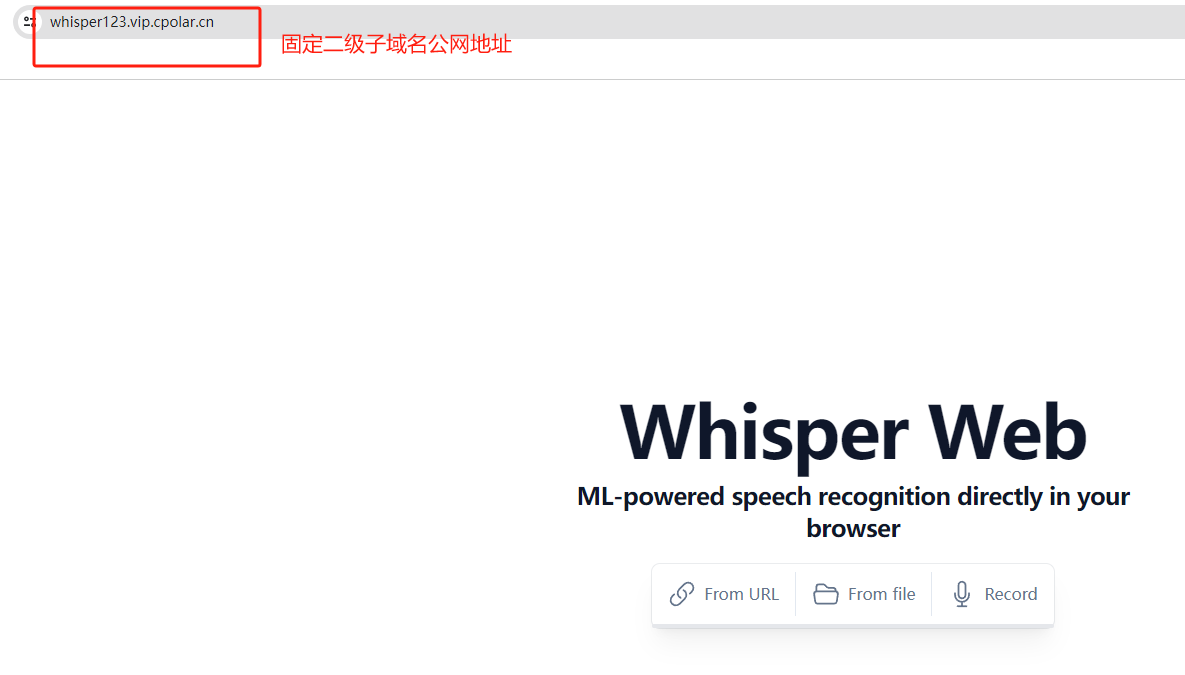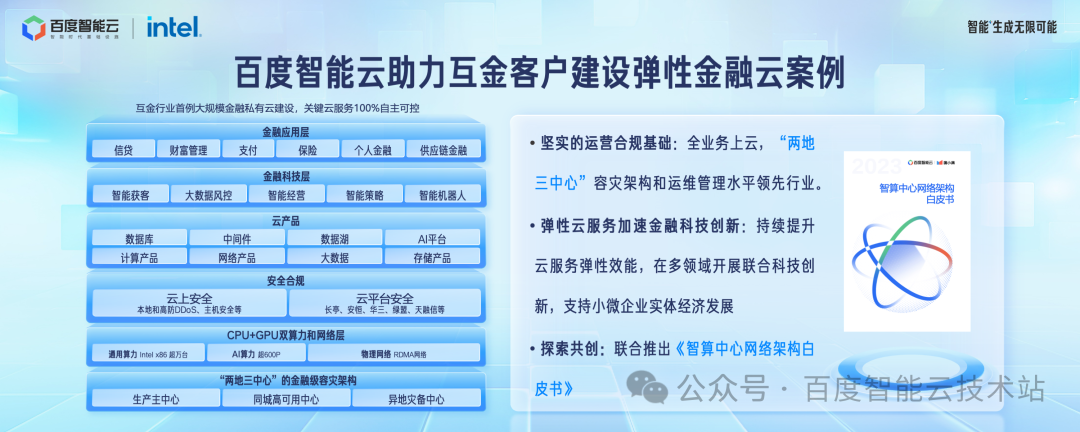简介:来源:SpringCloud微服务开发与实战,java黑马商城项目微服务实战开发(涵盖MybatisPlus、Docker、MQ、ES、Redis高级等)
认识网关
前端请求不能直接访问微服务,而是要请求网关:
- 网关可以做安全控制,也就是登录身份校验,校验通过才放行
- 通过认证后,网关再根据请求判断应该访问哪个微服务,将请求转发过去

在SpringCloud当中,提供了两种网关实现方案: - Netflix Zuul:早期实现,目前已经淘汰
- SpringCloudGateway:基于Spring的WebFlux技术,完全支持响应式编程,吞吐能力更强。
SpringCloudGateway官网:https://spring.io/projects/spring-cloud-gateway#learn

网关路由-快速入门
接下来,我们先看下如何利用网关实现请求路由。由于网关本身也是一个独立的微服务,因此也需要创建一个模块开发功能。大概步骤如下:
- 创建网关微服务
- 引入SpringCloudGateway、NacosDiscovery依赖
- 编写启动类
- 配置网关路由
1、创建项目
首先,我们要创建一个新的module,比如命名为gateway,作为网关微服务:
2、引入依赖
在gateway模块的pom.xml文件中引入依赖
<dependency>
<groupId>org.springframework.cloud</groupId>
<artifactId>spring-cloud-starter-gateway</artifactId>
</dependency>
3、编写启动类
在gateway模块中新建一个启动类
import org.springframework.boot.SpringApplication;
import org.springframework.boot.autoconfigure.SpringBootApplication;
@SpringBootApplication
public class GatewayApplication {
public static void main(String[] args) {
SpringApplication.run(GatewayApplication.class, args);
}
}
4、配置路由
接下来,在gateway模块的resources目录新建一个application.yaml文件,内容如下:
server:
port: 8080
spring:
application:
name: gateway
cloud:
nacos:
server-addr: 192.168.254.129:8848
gateway:
routes:
- id: item # 路由规则id,自定义,唯一
uri: lb://item-service # 路由的目标服务,lb代表负载均衡,会从注册中心拉取服务列表
predicates: # 路由断言,判断当前请求是否符合当前规则,符合则路由到目标服务
- Path=/items/**,/search/** # 这里是以请求路径作为判断规则
- id: cart
uri: lb://cart-service
predicates:
- Path=/carts/**
- id: user
uri: lb://user-service
predicates:
- Path=/users/**,/addresses/**
- id: trade
uri: lb://trade-service
predicates:
- Path=/orders/**
- id: pay
uri: lb://pay-service
predicates:
- Path=/pay-orders/**
网关路由-路由属性
网关路由对应的Java类型是RouteDefinition,其中常见的属性有
- id:路由唯一标示
- uri:路由目标地址
- predicates: 路由断言,判断请求是否符合当前路由
- filters:路由过滤器,对请求或响应做特殊处理
Spring Cloud Gateway官网:https://docs.spring.io/spring-cloud-gateway/docs/3.1.9/reference/html/
1、路由断言
12种Route Predicate Factories实现示例

2、路由过滤器
33种路由过滤器官网实现示例

在default-filters下设置的过滤器对所有路由生效:
spring:
cloud:
gateway:
routes:
- id: item
uri: lb://item-service
predicates:
- Path=/items/**,/search/**
default-filters:
- AddRequestHeader=truth, anyone long-press like button will be rich
网关登录校验-思路分析


注意:NettyRoutingFilter是做请求转发的,所以应该在NettyRoutingFilter之前且在过滤器的pre逻辑之前进行登录校验
网关登录校验-自定义过滤器

自定义GlobalFilter过滤器
进行登录校验一般都选择自定义GlobalFilter过滤器


自定义GagtewayFilter过滤器
自定义GagtewayFilter过滤器比较麻烦,大多数情况都选择自定义GlobalFilter过滤器
自定义GatewayFilter不是直接实现GatewayFilter,而是实现AbstractGatewayFilterFactory。最简单的方式是这样的:
@Component
public class PrintAnyGatewayFilterFactory extends AbstractGatewayFilterFactory<Object> {
@Override
public GatewayFilter apply(Object config) {
return new GatewayFilter() {
@Override
public Mono<Void> filter(ServerWebExchange exchange, GatewayFilterChain chain) {
// 获取请求
ServerHttpRequest request = exchange.getRequest();
// 编写过滤器逻辑
System.out.println("过滤器执行了");
// 放行
return chain.filter(exchange);
}
};
}
}
注意:该类的名称一定要以GatewayFilterFactory为后缀!
然后在yaml配置中这样使用:
spring:
cloud:
gateway:
default-filters:
- PrintAny # 此处直接以自定义的GatewayFilterFactory类名称前缀类声明过滤器
另外,这种过滤器还可以支持动态配置参数,不过实现起来比较复杂,示例:
@Component
public class PrintAnyGatewayFilterFactory // 父类泛型是内部类的Config类型
extends AbstractGatewayFilterFactory<PrintAnyGatewayFilterFactory.Config> {
@Override
public GatewayFilter apply(Config config) {
// OrderedGatewayFilter是GatewayFilter的子类,包含两个参数:
// - GatewayFilter:过滤器
// - int order值:值越小,过滤器执行优先级越高
return new OrderedGatewayFilter(new GatewayFilter() {
@Override
public Mono<Void> filter(ServerWebExchange exchange, GatewayFilterChain chain) {
// 获取config值
String a = config.getA();
String b = config.getB();
String c = config.getC();
// 编写过滤器逻辑
System.out.println("a = " + a);
System.out.println("b = " + b);
System.out.println("c = " + c);
// 放行
return chain.filter(exchange);
}
}, 100);
}
// 自定义配置属性,成员变量名称很重要,下面会用到
@Data
static class Config{
private String a;
private String b;
private String c;
}
// 将变量名称依次返回,顺序很重要,将来读取参数时需要按顺序获取
@Override
public List<String> shortcutFieldOrder() {
return List.of("a", "b", "c");
}
// 返回当前配置类的类型,也就是内部的Config
@Override
public Class<Config> getConfigClass() {
return Config.class;
}
}
然后在yaml文件中使用:
spring:
cloud:
gateway:
default-filters:
- PrintAny=1,2,3 # 注意,这里多个参数以","隔开,将来会按照shortcutFieldOrder()方法返回的参数顺序依次复制
上面这种配置方式参数必须严格按照shortcutFieldOrder()方法的返回参数名顺序来赋值。
还有一种用法,无需按照这个顺序,就是手动指定参数名:
spring:
cloud:
gateway:
default-filters:
- name: PrintAny
args: # 手动指定参数名,无需按照参数顺序
a: 1
b: 2
c: 3
网关登录校验-网关实现登录校验(网关到微服务的用户传递)
整体实现思路:

一、在网关的登录校验过滤器中,将从token解析出来的用户Id写入请求头并传递到微服务:
需求:修改gateway模块中的登录校验拦截器,在校验成功后保存用户到下游请求的请求头中
提示: 要修改转发到微服务的请求,需要用到ServerWebExchange类提供的API,示例如下:
package com.hmall.gateway.filter;
import com.hmall.common.exception.UnauthorizedException;
import com.hmall.common.utils.CollUtils;
import com.hmall.gateway.config.AuthProperties;
import com.hmall.gateway.utils.JwtTool;
import lombok.AllArgsConstructor;
import lombok.RequiredArgsConstructor;
import org.springframework.beans.factory.annotation.Autowired;
import org.springframework.cloud.gateway.filter.GatewayFilterChain;
import org.springframework.cloud.gateway.filter.GlobalFilter;
import org.springframework.core.Ordered;
import org.springframework.http.HttpStatus;
import org.springframework.http.server.reactive.ServerHttpRequest;
import org.springframework.http.server.reactive.ServerHttpResponse;
import org.springframework.stereotype.Component;
import org.springframework.util.AntPathMatcher;
import org.springframework.web.server.ServerWebExchange;
import reactor.core.publisher.Mono;
import java.util.List;
@Component
@RequiredArgsConstructor
public class AuthGlobalFilter implements GlobalFilter, Ordered {
@Autowired
private AuthProperties authProperties;
@Autowired
private JwtTool jwtTool;
private final AntPathMatcher antPathMatcher = new AntPathMatcher();
@Override
public Mono<Void> filter(ServerWebExchange exchange, GatewayFilterChain chain) {
//1、获取request
ServerHttpRequest request = exchange.getRequest();
//2、判断是否需要做登录拦截(即判断此请求路径是否在hm.auth的排除路径里)(排除路径就是:不需要登录就可以访问的路径)
if (isExclude(request.getPath().toString())){
//放行
return chain.filter(exchange);
}
//3、获取token
String token = null;
List<String> headers = request.getHeaders().get("authorization");
if (!CollUtils.isEmpty(headers)){
token = headers.get(0);
}
//4、校验并解析token
Long userId = null;
try {
userId = jwtTool.parseToken(token);
}catch (UnauthorizedException e){
//拦截,设置响应状态码为401
ServerHttpResponse response = exchange.getResponse();
response.setStatusCode(HttpStatus.UNAUTHORIZED);
return response.setComplete();
}
//TODO 5、传递用户信息
String userInfo = userId.toString();
ServerWebExchange swe = exchange.mutate()
.request(builder -> builder.header("user-info", userInfo))
.build();
//6、放行
return chain.filter(swe);
}
private boolean isExclude(String path) {
for (String pathPattern : authProperties.getExcludePaths()) {
if (antPathMatcher.match(pathPattern,path)){
return true;
}
}
return false;
}
@Override
public int getOrder() {
//过滤器执行顺序,值越小,优先级越高
return 0;
}
}
二、在common(公共模块)中编写SpringMVC拦截器,获取登录用户:
需求:由于每个微服务都可能有获取登录用户的需求,因此我们直接在common公共模块定义拦截器,这样微服务只需要引入依赖即可生效,无需重复编写。
拦截器类实现:
package com.hmall.common.interceptors;
import cn.hutool.core.util.StrUtil;
import com.hmall.common.utils.UserContext;
import org.springframework.web.servlet.HandlerInterceptor;
import javax.servlet.http.HttpServletRequest;
import javax.servlet.http.HttpServletResponse;
//只用来获取登录用户的信息,不需要做登录拦截,因为真正的登录拦截校验已经在网关做过了
public class UserInfoInterceptor implements HandlerInterceptor {
@Override//preHandle是在Controller之前执行
public boolean preHandle(HttpServletRequest request, HttpServletResponse response, Object handler) throws Exception {
// 1.获取请求头中的用户信息
String userInfo = request.getHeader("user-info");
// 2.判断是否为空
if (StrUtil.isNotBlank(userInfo)) {//StrUtil.isNotBlank(userInfo):判断userInfo字符串不能为null且不能为空
// 不为空,保存到ThreadLocal
UserContext.setUser(Long.valueOf(userInfo));//UserContext是ThreadLocal工具类,方便调用
}
// 3.放行
return true;
}
@Override
public void afterCompletion(HttpServletRequest request, HttpServletResponse response, Object handler, Exception ex) throws Exception {
// 移除用户
UserContext.removeUser();//在Controller执行完后一定要清理用户
}
}
ThreadLocal工具类实现:
package com.hmall.common.utils;
public class UserContext {
private static final ThreadLocal<Long> tl = new ThreadLocal<>();
/**
* 保存当前登录用户信息到ThreadLocal
* @param userId 用户id
*/
public static void setUser(Long userId) {
tl.set(userId);
}
/**
* 获取当前登录用户信息
* @return 用户id
*/
public static Long getUser() {
return tl.get();
}
/**
* 移除当前登录用户信息
*/
public static void removeUser(){
tl.remove();
}
}
注意:Spring MVC的拦截器要想生效,必须要进行配置,也就是需要注册
重点:SpringBoot自动装配原理:要想使在不同包路径下的Spring扫不到的那些配置类生效**,则需要在resource目录下的META-INF包下定义一个spring.factories文件去记录这些配置类
扩展: 在新版本的springboot中spring.factories文件名已经改了。
配置类实现:
package com.hmall.common.config;
import com.hmall.common.interceptors.UserInfoInterceptor;
import org.springframework.boot.autoconfigure.condition.ConditionalOnClass;
import org.springframework.context.annotation.Configuration;
import org.springframework.web.servlet.DispatcherServlet;
import org.springframework.web.servlet.config.annotation.InterceptorRegistry;
import org.springframework.web.servlet.config.annotation.WebMvcConfigurer;
@Configuration
@ConditionalOnClass(DispatcherServlet.class)
public class MvcConfig implements WebMvcConfigurer {
@Override
public void addInterceptors(InterceptorRegistry registry) {
registry.addInterceptor(new UserInfoInterceptor());
}
}
spring.factories文件实现:
org.springframework.boot.autoconfigure.EnableAutoConfiguration=\
com.hmall.common.config.MyBatisConfig,\
com.hmall.common.config.MvcConfig,\
com.hmall.common.config.JsonConfig
可以遇到的问题与报错:
①因为此模块是common公共模块,在微服务中网关模块pom.xml也可能需要引入common公共模块依赖; ②又因为WebMvcConfigurer属于spring mvc包下的,而网关不是SpringMvc环境的,而是一种非阻塞式的响应式编程。
所以为了避免冲突,使此配置类只在微服务生效而不在网关生效 。
解决方法:
关键:Springboot自动装配原理是可以带条件的。
方法:在配置类中加一个条件@ConditionalOnClass(DispatcherServlet.class)
详解:DispatcherServlet.class(SpringMvc的核心API)判断此类在此环境中是否存在,存在则生效;这样就可以使此配置类只在微服务生效而不在网关生效,避免了冲突。
知识扩展:
@ConditionalOnClass(DispatcherServlet.class) 注解是 Spring Boot 的条件化配置注解之一。它的作用是使得该配置类(MvcConfig)只在 DispatcherServlet 类存在于类路径中时才会被加载。这意味着:
-
条件化加载:如果项目中没有
DispatcherServlet类,Spring Boot 就不会加载这个配置类。通常,DispatcherServlet是 Spring MVC 的核心组件,因此这个条件常用于确保该配置只在启用了 Spring MVC 的环境下生效。 -
用于模块化:通过这种方式,你可以确保配置类只在需要时才会被创建,从而减少不必要的配置和开销。
-
增强灵活性:这种做法使得应用更具灵活性,因为你可以在不同的环境中选择性地加载不同的配置。
总结:
@ConditionalOnClass(DispatcherServlet.class)的使用在这里确保只有在有 Spring MVC 环境时,相关的拦截器和配置才会被应用,避免在不需要 MVC 功能的情况下进行不必要的配置。
网关登录校验-OpenFeign传递用户信息(微服务之间的用户传递)


总结



![[A-14]ARMv8/ARMv9-Memory-内存模型的类型(Device Normal)](https://i-blog.csdnimg.cn/direct/a66d742948644d7ca4667873a59a53aa.png#pic_center)
















